Home>Gardening & Outdoor>Landscaping Ideas>How Do Grass Tennis Courts Work
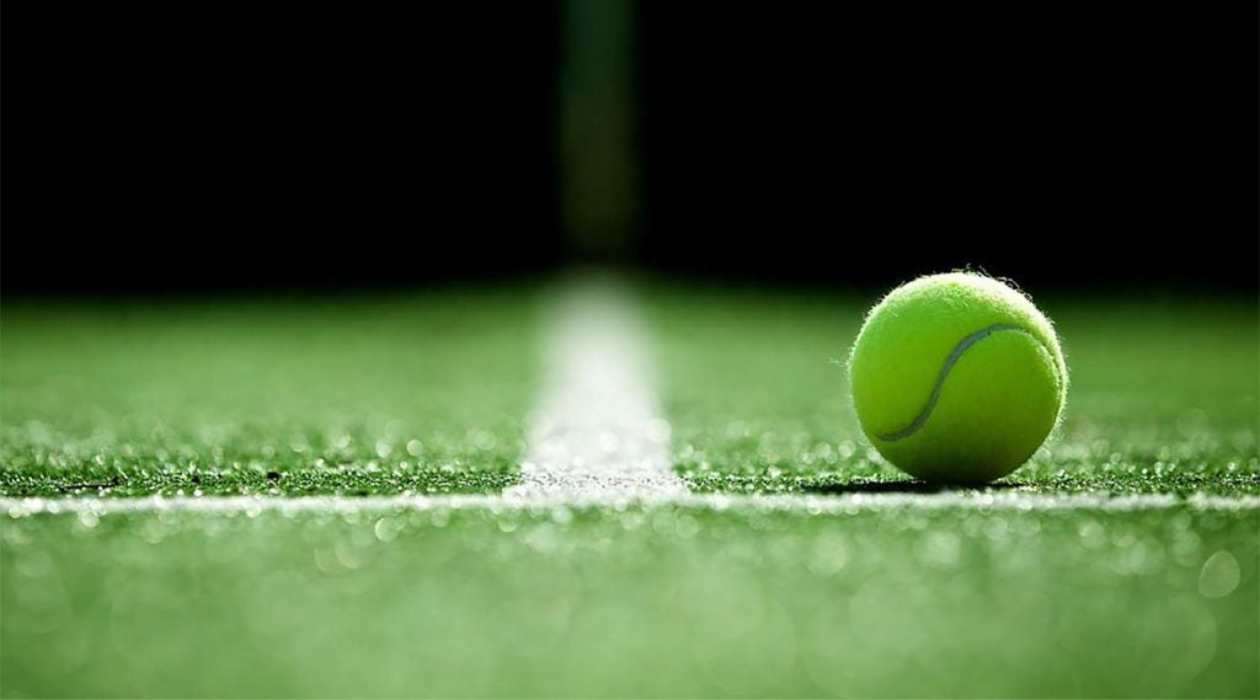

Landscaping Ideas
How Do Grass Tennis Courts Work
Modified: March 25, 2024
Discover the landscaping ideas behind grass tennis courts and how they work. Learn about the maintenance and benefits of grass courts.
(Many of the links in this article redirect to a specific reviewed product. Your purchase of these products through affiliate links helps to generate commission for Storables.com, at no extra cost. Learn more)
Introduction
Grass tennis courts have long been an integral part of the sport's history, evoking images of elegance, tradition, and skill. The lush green surface, meticulously manicured, sets the stage for some of the most iconic moments in tennis history. From the prestigious lawns of Wimbledon to local clubs, grass courts hold a special place in the hearts of players and fans alike.
The allure of grass courts lies in their unique characteristics, which significantly impact the style of play and overall experience. Unlike their hard and clay counterparts, grass courts offer a faster and more unpredictable playing surface. The ball tends to skid and stay low, demanding quick reflexes and precise footwork from players. This dynamic nature of grass courts adds an element of excitement and challenge to the game, making it a favorite among many tennis enthusiasts.
Furthermore, the tradition and prestige associated with grass courts contribute to their enduring appeal. The hallowed grounds of Wimbledon, with its iconic Centre Court and meticulously maintained grass, symbolize the epitome of tennis excellence. The rich history and tradition associated with this surface make playing on grass a dream for many aspiring tennis players.
In this article, we will delve into the composition, maintenance, advantages, and disadvantages of grass tennis courts. By understanding the intricacies of this unique playing surface, players and fans alike can gain a deeper appreciation for the artistry and skill required to excel on grass courts. Additionally, we will explore some of the most renowned grass tennis tournaments, where the magic of this surface comes to life in captivating displays of athleticism and sportsmanship.
Key Takeaways:
- Grass tennis courts offer a fast and unpredictable playing surface, demanding quick reflexes and precise footwork from players. The lush green courts exude tradition, elegance, and a unique challenge for tennis enthusiasts.
- Famous grass tennis tournaments like Wimbledon embody tradition, skill, and competitive drama on meticulously manicured courts. These events showcase the timeless allure and legacy of grass court tennis, captivating audiences with their prestige and excitement.
Read more: How Are Grass Tennis Courts Made
Composition of Grass Tennis Courts
Grass tennis courts are renowned for their lush, verdant surface that exudes a sense of timeless elegance and tradition. The composition of these courts is a crucial factor in shaping the unique playing characteristics that set them apart from other surfaces.
-
Grass Surface: The foundation of a grass tennis court is the natural grass surface, typically consisting of perennial ryegrass or a combination of grass species. The grass is meticulously tended to achieve a uniform, dense coverage that provides a consistent playing experience. The vibrant green hue of the grass adds to the visual appeal of the court, creating a striking contrast against the white lines and surroundings.
-
Soil Composition: Beneath the grass, the soil composition plays a pivotal role in maintaining the court's integrity. A well-draining soil, often a mix of sand and loam, is essential to prevent waterlogging and ensure optimal playing conditions. The soil composition also influences the firmness of the court, impacting the ball's bounce and the players' movement.
-
Underlying Structure: The underlying structure of a grass tennis court comprises a series of layers designed to provide stability and support. This typically includes a base layer of compacted soil or gravel, followed by a drainage system to manage excess moisture effectively. The careful construction of this foundation is essential for preserving the grass surface and preventing unevenness or deterioration.
-
Regular Maintenance: Grass courts demand meticulous maintenance to uphold their pristine condition. Regular mowing at specific heights, watering schedules, and aeration techniques are employed to nurture the grass and promote healthy growth. Additionally, specialized equipment such as lawn rollers and brushes are utilized to ensure a uniform playing surface and consistent ball behavior.
-
Environmental Factors: The composition of grass tennis courts is inherently influenced by environmental factors such as sunlight, temperature, and precipitation. These elements directly impact the growth and resilience of the grass, necessitating tailored maintenance practices to mitigate their effects.
The intricate composition of grass tennis courts underscores the artistry and precision involved in creating and sustaining these iconic playing surfaces. From the natural beauty of the grass to the underlying structural elements, every aspect is carefully orchestrated to uphold the tradition and challenge of grass court tennis.
Maintenance of Grass Tennis Courts
Maintaining the pristine condition of grass tennis courts is a labor of love that requires meticulous attention to detail and a deep understanding of horticultural practices. The upkeep of these iconic surfaces is essential to preserve their unique playing characteristics and visual allure, ensuring an optimal experience for players and spectators alike.
Regular Mowing and Trimming
The cornerstone of grass court maintenance lies in regular mowing and trimming. The grass is maintained at a specific height, typically between 8 to 10 millimeters, to achieve the desired playing surface. Precision mowing not only enhances the aesthetics of the court but also influences the ball's behavior, contributing to the fast and low-bouncing nature characteristic of grass courts.
Controlled Irrigation
Effective irrigation is crucial to sustain the health and vibrancy of the grass. Carefully calibrated watering schedules are implemented to prevent over-saturation and promote deep root growth. This controlled approach to irrigation helps maintain the resilience of the grass, ensuring optimal playing conditions while mitigating the risk of waterlogging.
Read more: How To Make A Grass Tennis Court
Aeration and Soil Management
Aeration techniques are employed to alleviate soil compaction and facilitate proper air and water circulation within the soil profile. This promotes robust root development and enhances the overall health of the grass. Additionally, soil composition is regularly monitored and amended as needed to uphold the ideal balance of nutrients and drainage properties essential for a thriving grass court.
Specialized Equipment and Techniques
The maintenance of grass tennis courts necessitates the use of specialized equipment and techniques tailored to this unique surface. Lawn rollers are utilized to maintain a uniform playing surface and compact the soil, while brushes are employed to stand the grass upright, ensuring consistent ball behavior and minimizing the risk of uneven bounces.
Environmental Considerations
Environmental factors such as sunlight exposure, temperature fluctuations, and precipitation patterns significantly impact the maintenance of grass courts. Adaptive maintenance practices are implemented to mitigate the effects of these variables, preserving the resilience and aesthetic appeal of the grass surface under varying climatic conditions.
Ongoing Vigilance and Care
Beyond scheduled maintenance activities, ongoing vigilance and care are paramount in preserving the integrity of grass tennis courts. Regular assessments for signs of wear, disease, or uneven growth enable proactive interventions to address any issues promptly, safeguarding the quality and playability of the court.
The comprehensive maintenance regimen for grass tennis courts underscores the dedication and expertise required to uphold these iconic playing surfaces. From precision mowing to environmental adaptability, every aspect of maintenance contributes to the enduring allure and challenge of grass court tennis.
Advantages of Grass Tennis Courts
Grass tennis courts boast a distinct set of advantages that contribute to their enduring appeal and significance within the sport. These unique attributes shape the playing experience and evoke a sense of tradition and excitement for players and spectators alike.
1. Speed and Dynamic Play
The fast-paced nature of grass courts sets them apart from other surfaces, offering a thrilling and dynamic playing experience. The low, skidding bounce of the ball on grass demands quick reflexes and agile footwork from players, adding an element of unpredictability to each rally. This inherent speed and variability injects an exhilarating intensity into matches, captivating audiences and challenging players to adapt their strategies on the fly.
2. Tradition and Prestige
Grass courts are steeped in tradition and carry a sense of prestige that is deeply intertwined with the history of tennis. The hallowed lawns of Wimbledon, with their meticulously manicured grass and storied legacy, epitomize the pinnacle of tennis excellence. Playing on grass evokes a sense of reverence for the sport's heritage, offering players the opportunity to follow in the footsteps of legendary champions and etch their names into the annals of tennis history.
3. Aesthetic Beauty
The lush green expanse of a well-maintained grass court exudes a timeless aesthetic appeal that is unrivaled in the world of tennis. The vibrant contrast of the grass against the pristine white lines creates a visually captivating setting for matches, enhancing the overall experience for players and spectators. The natural beauty of grass courts, especially under the radiant glow of sunlight, adds an enchanting allure to the sport, elevating the atmosphere of tennis tournaments held on this surface.
Read more: How To Clean A Synthetic Grass Tennis Court
4. Strategic Challenges
Grass courts present unique strategic challenges for players, requiring adaptability and precision in their approach. The quick pace and low bounce demand a refined touch and strategic acumen, compelling players to employ a diverse range of shots and tactics to gain an edge. The surface rewards aggressive play and net-rushing strategies, fostering an environment where skillful shot-making and tactical ingenuity are paramount.
5. Historical Significance
The historical significance of grass courts, particularly in the context of major tournaments such as Wimbledon, adds an unparalleled sense of grandeur and importance to matches played on this surface. The rich tapestry of iconic moments and legendary rivalries that have unfolded on grass courts imbues these venues with a palpable sense of history, creating an atmosphere that is unmatched in its resonance and impact.
In essence, the advantages of grass tennis courts extend beyond the realm of gameplay, encompassing tradition, aesthetics, strategic nuances, and historical reverence. These facets converge to form a tapestry of allure and significance that distinguishes grass courts as a cherished and integral component of the tennis landscape.
Disadvantages of Grass Tennis Courts
While grass tennis courts hold a revered status within the sport, they are not without their drawbacks. Understanding the limitations of this unique playing surface is essential for gaining a comprehensive perspective on its role in the tennis landscape.
-
Surface Vulnerability: Grass courts are inherently susceptible to wear and tear, especially during extended play or adverse weather conditions. The natural grass surface, despite meticulous maintenance, can exhibit signs of deterioration over the course of a tournament, potentially impacting the consistency of play and requiring continuous upkeep.
-
Weather Sensitivity: The playing characteristics of grass courts are significantly influenced by weather conditions, particularly moisture levels. Excessive rain can render the surface slippery and prone to divots, affecting the quality of play and player safety. Conversely, prolonged dry spells can lead to surface hardening, altering the ball's behavior and necessitating adjustments in playing style.
-
Limited Availability: Unlike hard or clay courts, grass courts are relatively scarce in number, restricting widespread access for players to practice and compete on this surface. The exclusivity of grass courts, often confined to prestigious clubs and tournament venues, presents a barrier for players seeking regular exposure to this unique playing experience.
-
Maintenance Intensity: The meticulous maintenance regimen required to uphold the integrity of grass courts demands significant resources and expertise. From precise mowing schedules to specialized equipment and environmental adaptability, the upkeep of grass courts entails a level of commitment and investment that surpasses that of other court surfaces.
-
Adaptation Challenges: The distinct playing characteristics of grass courts, including the low bounce and faster pace, pose adaptation challenges for players accustomed to hard or clay surfaces. The adjustment to the unique demands of grass court tennis, particularly in terms of footwork and shot selection, can present a learning curve that requires deliberate practice and strategic refinement.
Acknowledging the disadvantages of grass tennis courts provides a balanced perspective on the intricacies and considerations associated with this revered playing surface. While these limitations pose challenges, they also contribute to the distinct allure and strategic depth that define grass court tennis, underscoring its enduring significance within the sport.
Famous Grass Tennis Tournaments
Famous grass tennis tournaments hold a revered status in the world of professional tennis, serving as iconic stages where history is made, legends are crowned, and the allure of grass court tennis comes to life in captivating displays of skill and sportsmanship. These prestigious events, set against the backdrop of meticulously manicured grass courts, embody the timeless tradition and competitive fervor that define the essence of the sport.
Read more: How To Get Grass Stains Out Of Tennis Shoes
Wimbledon
Undoubtedly the most renowned grass court tournament, Wimbledon stands as the epitome of tennis excellence and tradition. The hallowed lawns of the All England Club in London provide the stage for this illustrious event, where players from around the globe vie for the coveted title. The pristine grass courts of Wimbledon, meticulously tended to uphold their fast and low-bouncing characteristics, set the standard for grass court tennis. The tournament's rich history, royal patronage, and iconic traditions, including the revered Centre Court, make Wimbledon a pinnacle of sporting achievement and a spectacle that transcends the boundaries of tennis.
The Championships, Eastbourne
The Championships in Eastbourne, held in the idyllic setting of Devonshire Park, offer a captivating prelude to Wimbledon. This esteemed grass court event serves as a crucial preparatory ground for players seeking to acclimate to the unique demands of grass court tennis before the grandeur of Wimbledon unfolds. The intimate ambiance and lush green courts of Eastbourne provide an ideal platform for players to fine-tune their skills and strategic approach, adding an element of anticipation and excitement to the grass court season.
The Queen's Club Championships
The Queen's Club Championships, held in the heart of London, exude a sense of elegance and prestige befitting its status as a premier grass court tournament. The meticulously maintained courts, coupled with the rich heritage of the event, create an atmosphere of unparalleled sophistication and competitive intensity. The tournament's storied legacy and the illustrious list of champions further underscore its significance as a revered grass court event, serving as a captivating showcase of skill and artistry on the grass.
Hall of Fame Open
The Hall of Fame Open, hosted at the International Tennis Hall of Fame in Newport, Rhode Island, holds a special place as the only grass court event in North America. The historic surroundings and the lush grass courts provide a picturesque backdrop for this unique tournament, where players have the opportunity to showcase their prowess on the distinctive surface. The event's fusion of tradition, heritage, and the allure of grass court tennis contributes to its appeal as a cherished fixture in the global tennis calendar.
In essence, these famous grass tennis tournaments stand as pillars of tradition, skill, and legacy, embodying the essence of grass court tennis and captivating audiences with their timeless allure and competitive drama. Each event, set against the verdant backdrop of meticulously tended grass courts, adds a layer of prestige and excitement to the tennis calendar, perpetuating the enduring legacy of this iconic playing surface.
Frequently Asked Questions about How Do Grass Tennis Courts Work
Was this page helpful?
At Storables.com, we guarantee accurate and reliable information. Our content, validated by Expert Board Contributors, is crafted following stringent Editorial Policies. We're committed to providing you with well-researched, expert-backed insights for all your informational needs.
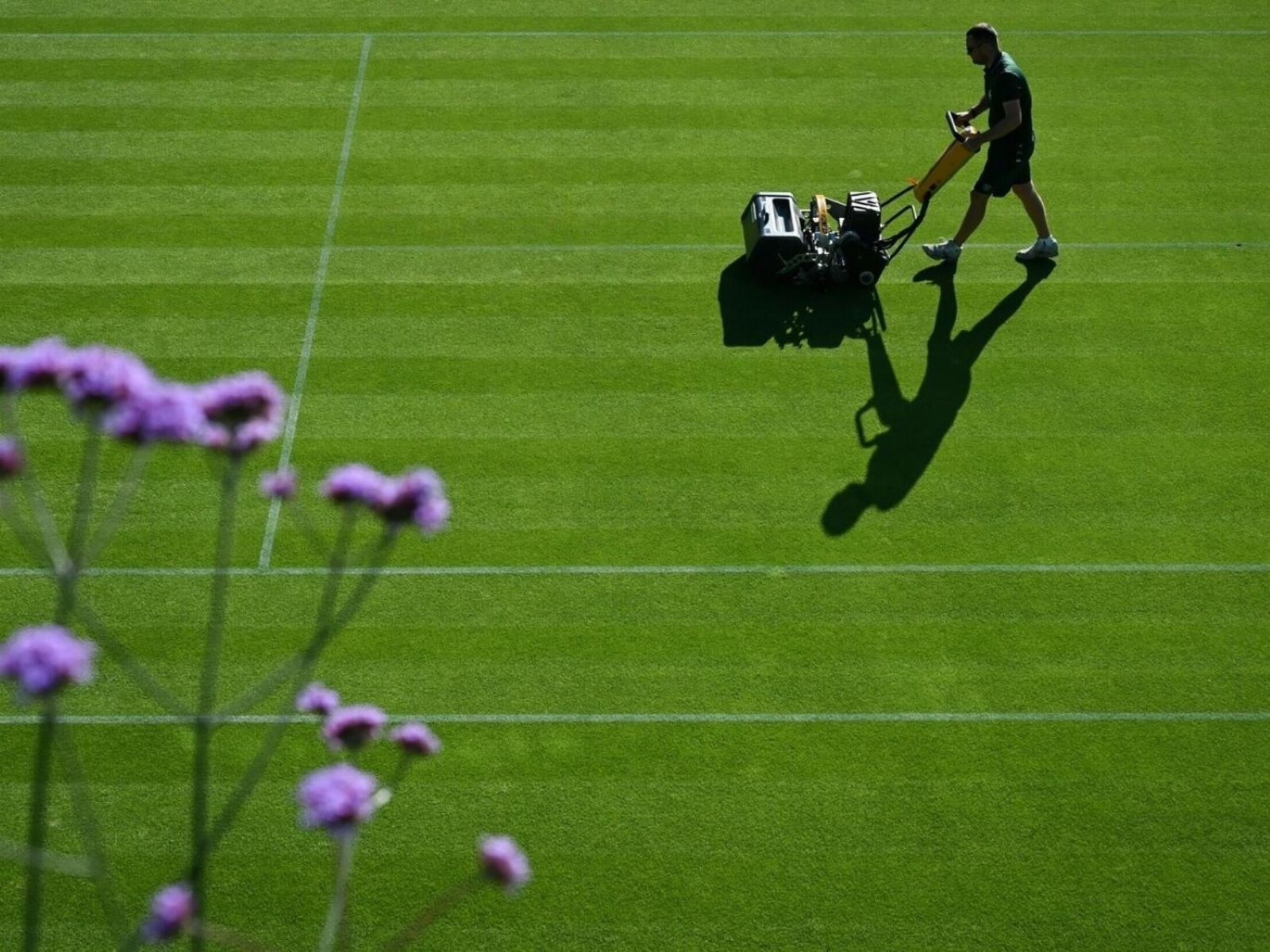
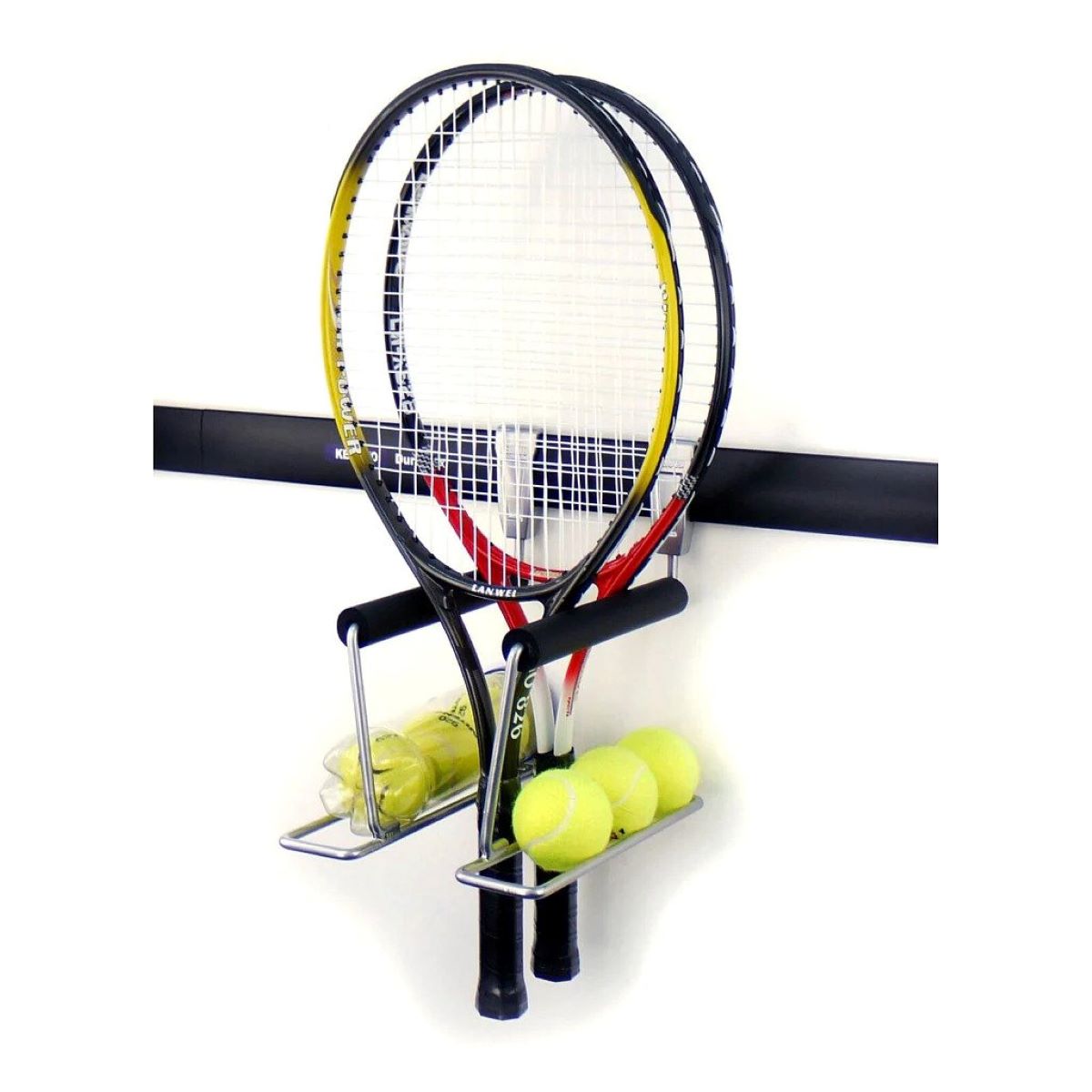
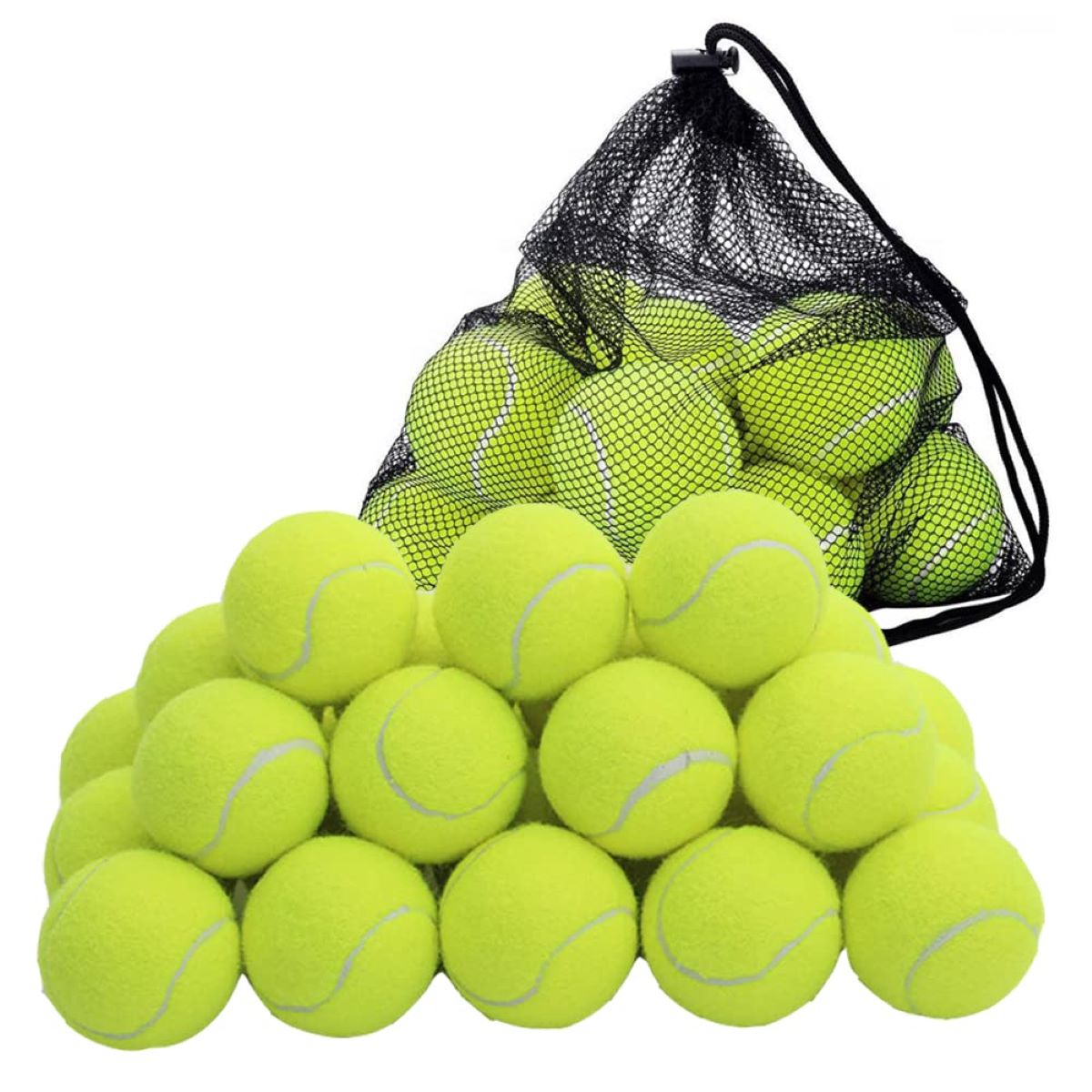
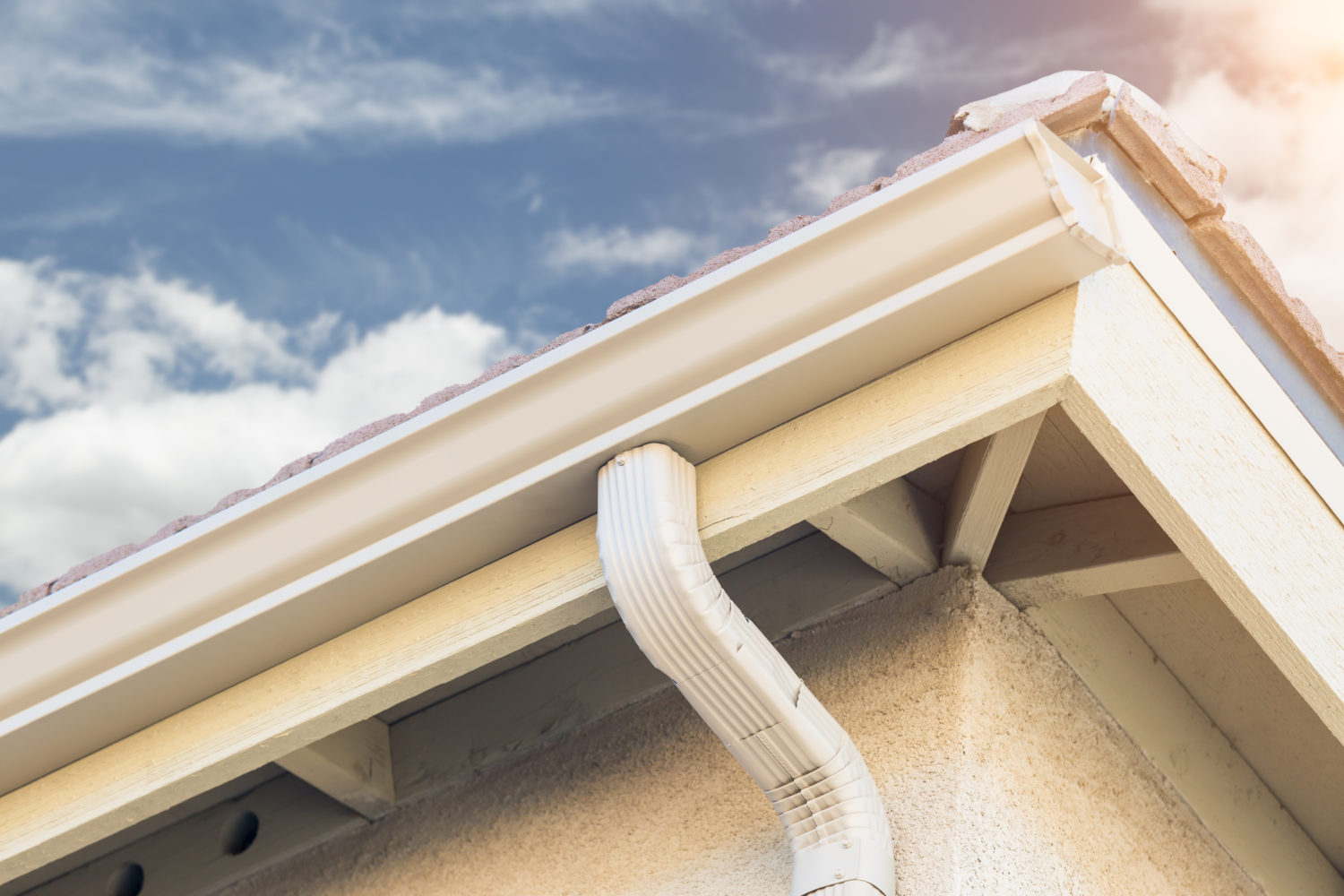
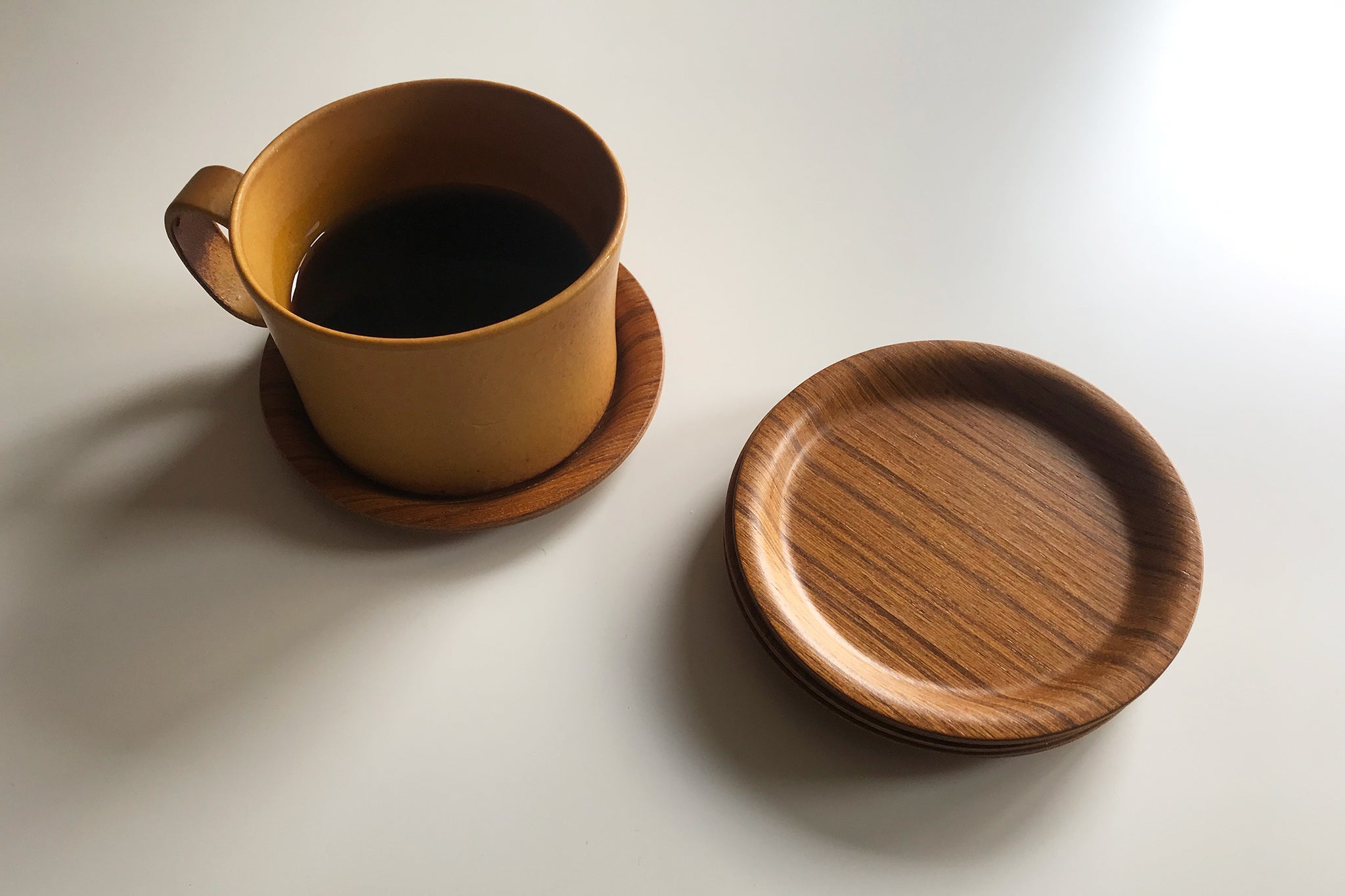

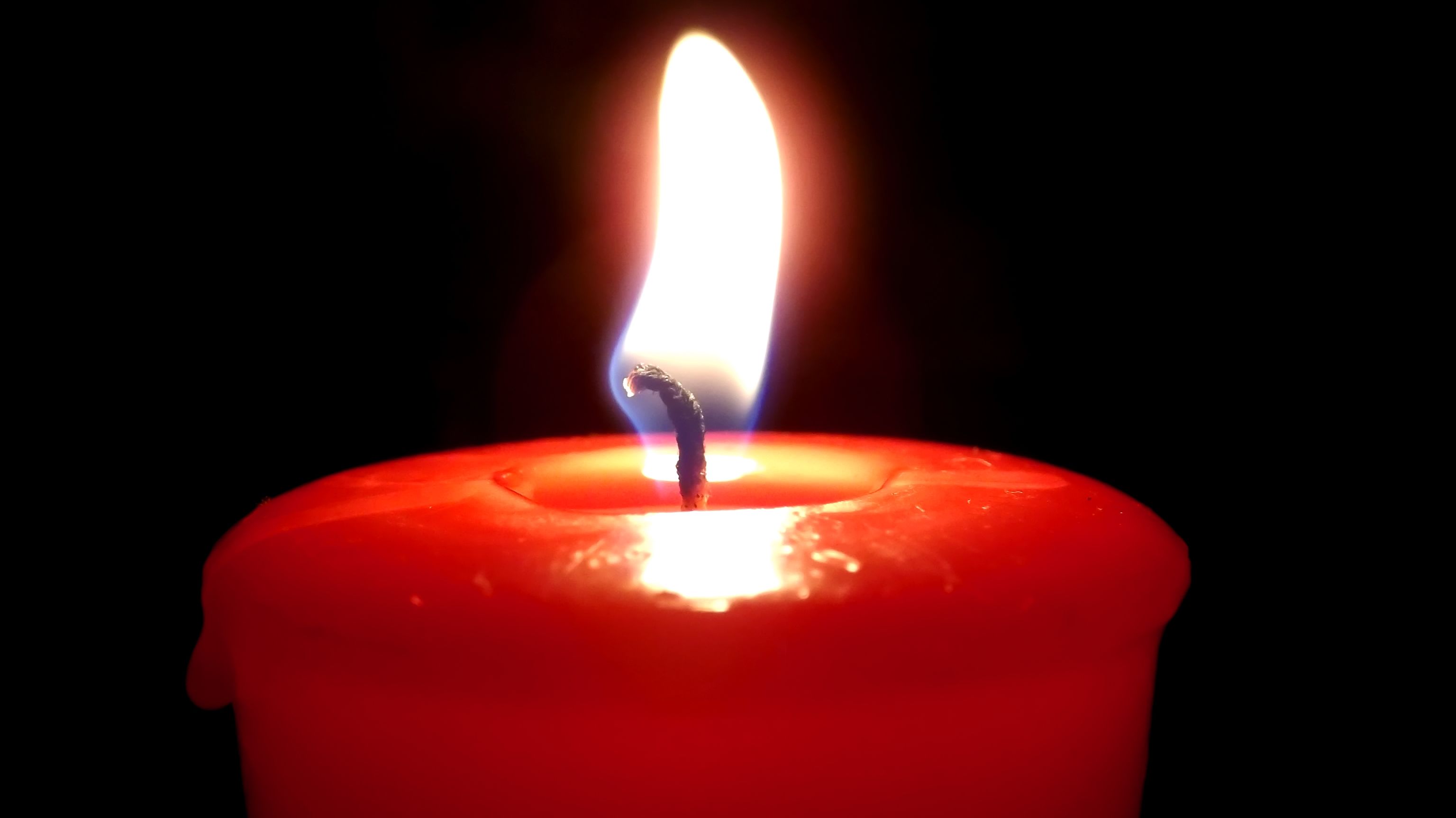





0 thoughts on “How Do Grass Tennis Courts Work”